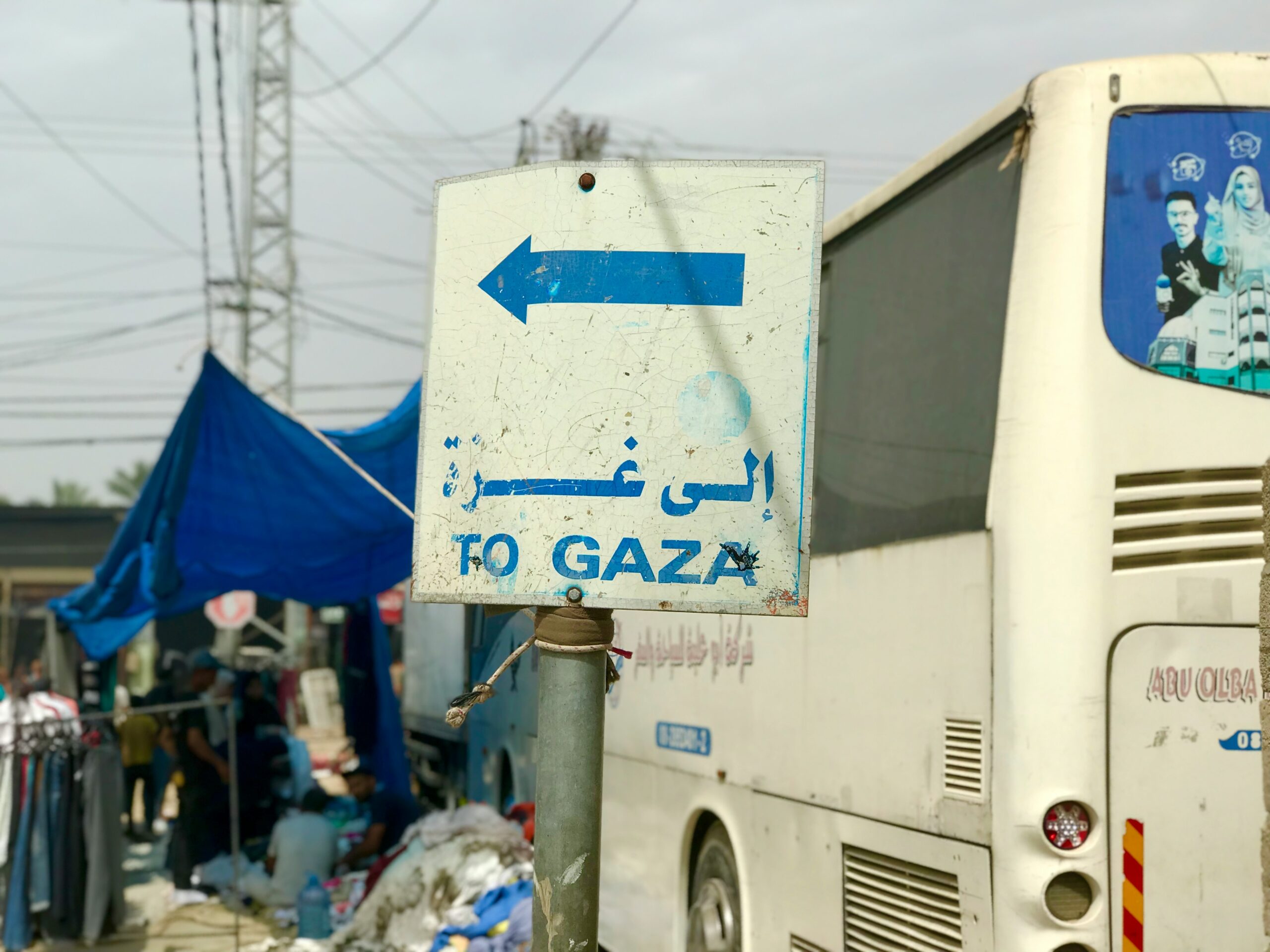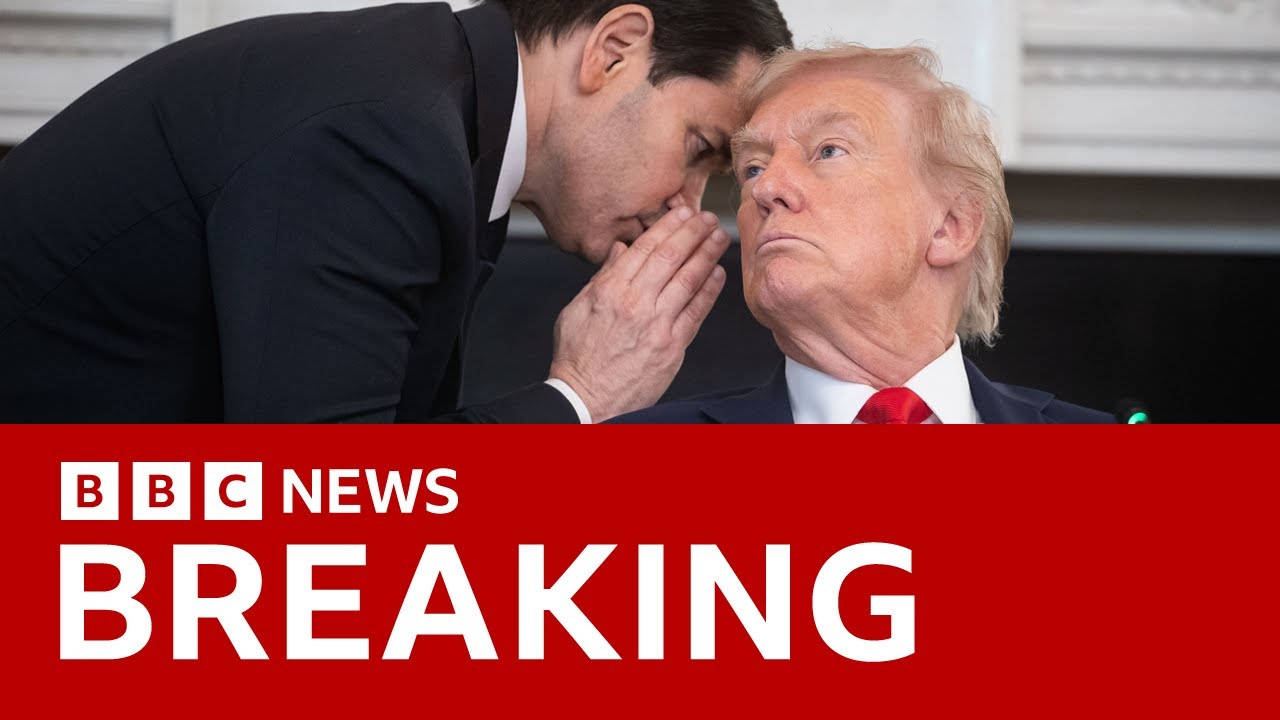
Gaza Peace Plan: A Crucial First Step Toward Resolution
Gaza Peace Plan: A Crucial First Step Toward Resolution
A Historic Moment
After two years of relentless turmoil and escalating violence in Gaza, the announcement of a potential peace deal between Israel and Hamas has brought a glimmer of hope to a region ravaged by war.
The announcement, made by U.S. President Donald Trump, marks the first phase of a long-awaited peace agreement aimed at ending the devastating conflict that has claimed tens of thousands of lives. According to the Hamas-run health ministry, nearly 67,194 people have died since the war’s intensification on October 7, 2023 (BBC). The toll on Gaza’s civilian population, compounded by a severe humanitarian crisis, has been catastrophic, with civilians trapped in the crossfire of a brutal conflict that has brought the region to its knees.
The agreement, finalized after intense negotiations involving key regional players like Egypt, Qatar, and Turkey, represents a rare breakthrough in a long-standing and intractable conflict. For Israel, it promises the return of hostages, whether alive or deceased, seen as both a moral and national imperative. For Palestinians, the deal offers a potential path to justice and dignity, with the release of thousands held under controversial legal frameworks seen not merely as the freeing of detainees, but as a critical step toward acknowledging them as political prisoners.
Despite the relief and hope the agreement has sparked, significant challenges remain. The first phase focuses on hostages and prisoner releases, a partial Israeli withdrawal, and humanitarian aid to Gaza. While these steps provide cautious optimism, they do not ensure the conflict’s end. The complexity of the negotiations, coupled with the enduring political and military tensions, leaves many unresolved issues. As a result, the deal represents only the beginning of a lengthy and uncertain process, with the region awaiting whether this fragile peace can be sustained.
The First Phase Explained
The first phase of the agreement, outlined by U.S. President Trump, includes the release of Israeli hostages in exchange for Palestinian prisoners, alongside an Israeli military withdrawal and humanitarian aid delivery. These steps aim to de-escalate the conflict and pave the way for broader peace. According to the U.S., all remaining Israeli hostages are expected to be released on Monday, following the withdrawal of Israeli forces from key areas of Gaza.
According to Aljazeera, nearly 10,000 Palestinians were held in Israeli jails across Israel and the occupied Palestinian territories, as of April 2025. The vast majority have been detained under administrative detention laws, which allow imprisonment without charge or trial. These practices date back to 1945, first used under the British Mandate, and continue to be applied disproportionately to Palestinians, including minors. While rarely used against Israeli settlers, administrative detention remains a powerful and controversial legal tool wielded against West Bank Palestinians.
The Israeli government is scheduled to convene to formally approve the agreement, at which point a ceasefire would come into immediate effect. The initial stage of the ceasefire is expected to facilitate the entry of up to 400 aid trucks per day into Gaza for five consecutive days, aimed at addressing the acute humanitarian crisis caused by the war. In August 2025, FAO, UNICEF, WFP, and WHO jointly called for an immediate ceasefire and unhindered humanitarian access, citing that over half a million people in Gaza were trapped in famine, facing widespread starvation and preventable deaths, with famine conditions expected to spread to additional regions Famine confirmed for first time in Gaza
On the Ground
In Tel Aviv, jubilant crowds gathered in Hostages Square to celebrate the ceasefire agreement, with many expressing reliefs that the hostages held by Hamas may soon be released. Former hostages and the families of those still in captivity joined the celebrations, hugging, singing, and raising glasses in a rare moment of joy amid the long conflict. “Our hearts are filled with joy, I cannot even know how to hold it in,” Tel Aviv resident Hillel Mayer told CNN .
In Gaza, a sense of cautious relief has spread through the displaced population. Hanaa Almadhoun, a mother of three sheltering in southern Gaza, described the situation as “a miracle,” feeling both “relieved and optimistic” about the possibility of returning home. Similarly, Rewaa Mohsen, from central Gaza, expressed her excitement at the ceasefire, though her joy is tempered by the loss of her mother and sister early in the war, underscoring the personal toll of the conflict.
Alice Cuddy, reporting from Jerusalem, conveyed additional reactions from Gaza. Doaa Abu Zaidah, displaced with her children in a southern camp, called the agreement “something wonderful and unbelievable,” hopeful it signals the end of the “nightmare” and bloodshed. Yet, she acknowledged the “mixed feelings of happiness and sadness” as many in Gaza reflect on the losses endured over the past two years.
Every university in Gaza has been destroyed, along with hospitals, schools, and thousands of homes. The immediate challenges remain significant: while humanitarian aid has begun to trickle in, the region’s infrastructure is in tatters, and basic needs such as food, water, medical supplies are still in short supply.
Road to Resolution
The United Nations has officially labeled Israel’s actions in Gaza as genocide. In a report released on September 16, 2025, the UN Independent International Commission of Inquiry on the Occupied Palestinian Territory, including East Jerusalem, and Israel, condemned the violence, urging Israel and the international community to fulfill their legal obligations to end the genocide and hold those responsible accountable. This grave characterization has fueled widespread international condemnation.
Among the most vocal are over 4,000 figures from the global film industry, including major Hollywood actors, who have vowed to boycott Israeli cinema bodies they claim are implicated in the ongoing violence, according to The Times of Israel. These global reactions not only underscore the deepening divide over Israel’s actions in Gaza but also highlight the growing power of protest and the role of free press and journalism in amplifying dissent and holding accountable those responsible for the crisis.
Amid this international outcry, the peace agreement provides a sliver of hope. The deal’s first phase has drawn cautious optimism from both sides, offering a potential path to de-escalation. While challenges remain, the agreement represents the first significant diplomatic step toward mitigating the suffering and instability that have defined this long-standing occupation.
Photo by Emad El Byed on Unsplash



